I am building a vibrating device for that I am thinking to use a solenoid for vibration. The solenoid will be used such that device will be mounted in the floor and when a stick is put over solenoid, it will start vibration. That vibration needs to be felt by the person holding the stick so so that say she can count those and recognize patterns of vibration.
I come to know through responses to my another question that solenoid may be not a good choice as it is not a vibrating device. Rather an offset weight motor may serve the purpose better. I did not know about it. I search for offset weight motor but did not find any link to that.
My question is which equipment should I choose for generating vibrations for my device? Can someone put a link of offset weight motor so that I may read about it. I also learned that offset weight motor acts like a mobile phone vibrator. That is good for my project as I may extend the output to be read by a mobile later so it will help.

